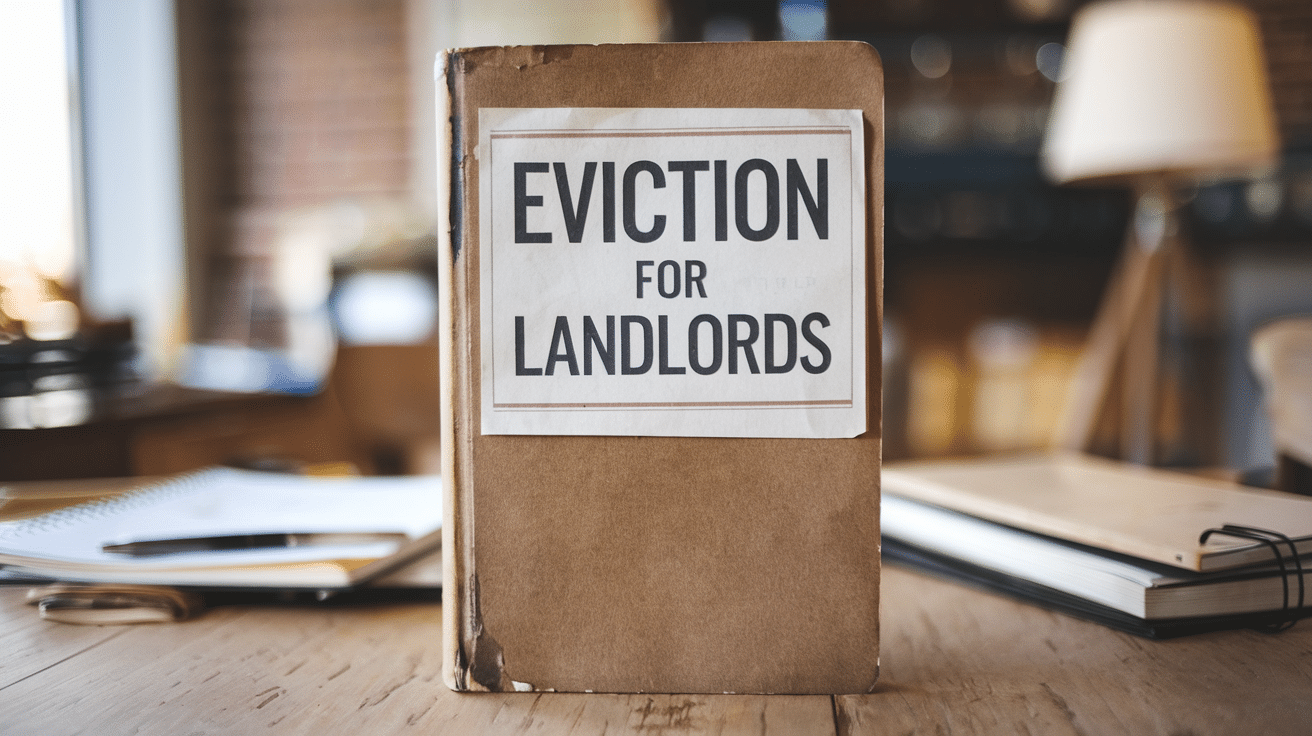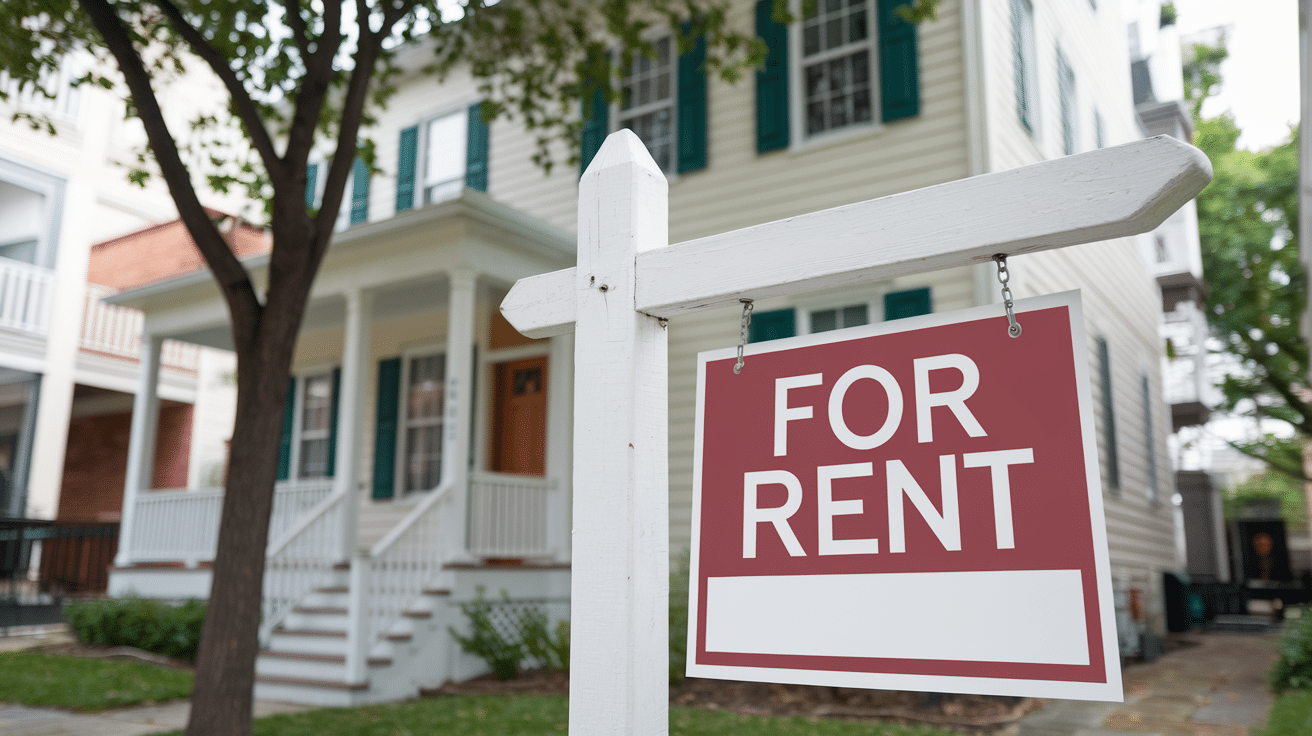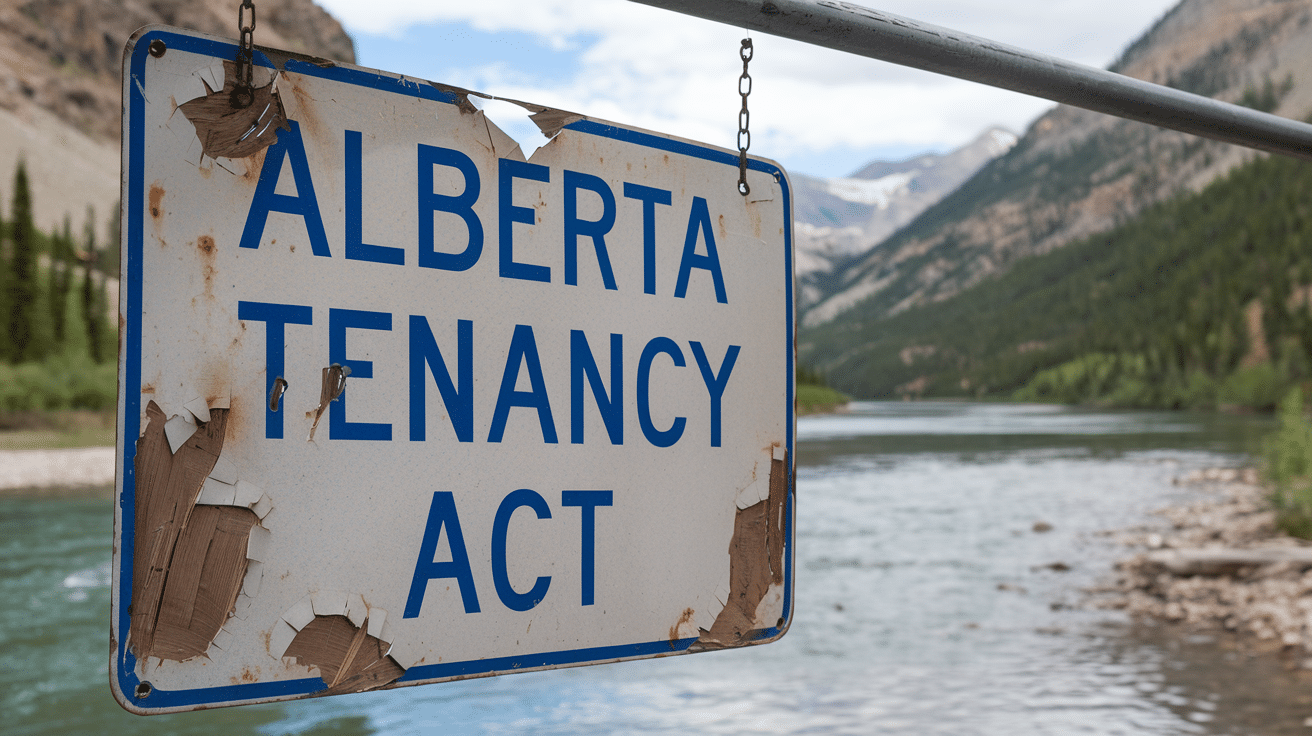Navigating the rental market in Edmonton can be a daunting task, especially with fluctuating prices and varying neighborhood dynamics. Property Managers Edmonton, a leading authority in the local real estate scene, provides valuable insights into the current average rent trends. Whether you’re a newcomer or a long-time resident, understanding these trends is crucial for making informed decisions.
Edmonton’s rental market offers diverse options, from trendy downtown apartments to spacious suburban homes. However, with economic shifts and population growth, rental prices have seen significant changes. Potential renters and investors alike need to stay updated on these developments to find the best opportunities.
By examining factors influencing rent prices, such as location, amenities, and market demand, readers can gain a clearer picture of what to expect. This knowledge not only aids in budgeting but also in selecting the right community that aligns with their lifestyle needs.
Key Takeaways
- Edmonton’s rental market offers diverse options, from urban apartments to suburban homes, influenced by economic conditions and demographic shifts.
- Average rent prices in Edmonton show variability; downtown units command higher premiums, with one-bedroom apartments averaging $1,200-$1,350.
- Economic growth, population changes, and housing supply-demand balance are key factors impacting rental prices in the city.
- Understanding neighborhood dynamics and analyzing factors like rent trends and proximity to amenities help renters and investors make informed decisions.
- Renters can optimize their search by setting a budget, using online platforms, and considering commute times to find suitable accommodations.
Overview of Edmonton Rental Market
Edmonton’s rental market has grown dynamically over the past few years. Diverse housing options cater to various preferences, from young professionals seeking downtown proximity to families preferring suburban tranquility. Rental demand fluctuates with economic conditions and migration, impacting price adjustments city-wide.
Recent data indicates average rent for a one-bedroom apartment is approximately $1,200, while a two-bedroom averages around $1,450. These figures can vary based on location, with downtown units often commanding higher premiums due to access to amenities and entertainment.
Investment in rental properties remains appealing due to continued population growth, driving sustained demand. Understanding these market nuances helps investors and renters alike navigate Edmonton’s rental landscape effectively, ensuring they find suitable accommodations that meet budgetary and lifestyle requirements.
Current Average Rent Prices

Rent in Edmonton shows variability depending on the neighborhood and property type. Data reflects differing costs influenced by several factors.
Rent Comparisons Across Neighborhoods
Different neighborhoods exhibit varied rental prices. Downtown Edmonton sees higher rents, with one-bedroom apartments averaging $1,350 due to proximity to workplaces and entertainment. Conversely, Southside neighborhoods like Mill Woods offer more affordability, with similar units nearer $1,100. Areas such as West Edmonton maintain mid-range pricing, attracting diverse renters.
Price Range and Trends
Rent prices in Edmonton follow current economic trends. One-bedroom apartments generally range from $1,100 to $1,400, while two-bedroom units range from $1,300 to $1,600. Observations show periodic fluctuations, often linked to economic factors and population shifts. A notable trend is the slightly rising rental prices over the past year, likely reflecting economic recovery signals.
Factors Influencing Rent Prices

Edmonton’s rental prices are shaped by several key factors, with economic conditions and demographic shifts playing prominent roles. Understanding these elements helps potential renters and investors navigate the market effectively.
Economic and Demographic Impact
Changes in Edmonton’s economy, such as job growth or decline, directly affect rent prices. A robust economy with low unemployment typically raises rental demand, driving up prices. Conversely, economic downturns often lead to lower demand and reduced rents. Demographic factors, like population growth driven by migration from other regions or countries, increase housing demand, influencing rental rates. Areas with high population density usually experience higher rent costs due to the increased need for housing.
Housing Supply and Demand
The balance of housing supply and demand significantly affects rental prices. When supply matches or exceeds demand, rental prices tend to stabilize or drop. However, insufficient housing supply in relation to demand results in increased rent prices. New housing developments can temporarily ease high demand, but rapid population growth or zoning restrictions may limit housing availability, perpetuating higher rent costs. High-demand neighborhoods, particularly those near popular amenities or employment centers, often experience premium pricing due to limited supply.
How to Navigate Edmonton’s Rental Market

Navigating Edmonton’s rental market involves understanding various aspects of the city and its neighborhoods. Prospective renters need to consider several factors to secure a space that meets their lifestyle and budget.
Tips for Renters
Identifying budget parameters helps guide the search. Planning a budget is essential, ensuring renters understand what they can afford and avoiding financial strain. Using online rental platforms like RentFaster.ca allows renters to compare options quickly and save time. Considering commute times and evaluating proximity to work can reduce transportation costs and improve quality of life. Understanding lease terms, including duration and potential increases, prevents unforeseen expenses.
Popular Areas to Consider
Downtown Edmonton offers closer access to amenities, with average rents higher due to demand. This area appeals to young professionals prioritizing convenience. Mill Woods provides more affordable options, attracting families and those seeking quieter environments. Southside neighborhoods offer a blend of urban and suburban benefits, making them attractive to diverse demographics. Oliver is another notable neighborhood, featuring vibrant culture and community events, ideal for those seeking an active lifestyle.
Conclusion
Navigating Edmonton’s rental market requires a keen understanding of current trends and economic dynamics. With diverse options ranging from downtown apartments to suburban homes, both renters and investors can find opportunities that align with their needs. The interplay of economic conditions, demographic shifts, and location-specific factors continues to shape rental prices.
Prospective renters should leverage available resources and consider factors like budget and commute times to make informed decisions. Meanwhile, investors can capitalize on Edmonton’s growth potential by staying attuned to market changes. Understanding these elements ensures that individuals and families can secure accommodations that match their lifestyle and financial goals.
Frequently Asked Questions
What are the current average rent prices in Edmonton?
The average rent in Edmonton for one-bedroom apartments ranges from $1,100 to $1,400, while two-bedroom units typically fall between $1,300 and $1,600. Downtown Edmonton units are generally more expensive, with one-bedroom apartments averaging $1,350.
What factors influence rental prices in Edmonton?
Rental prices in Edmonton are influenced by factors such as location, amenities, market demand, economic conditions, and demographic shifts. Areas near employment centers or popular amenities tend to have higher rents due to increased demand.
How has Edmonton’s rental market changed recently?
Edmonton’s rental market has experienced a slight rise in prices over the past year, reflecting economic recovery signs. Rental demand and prices fluctuate with economic conditions and migration patterns, impacting availability and cost.
Where can I find affordable rental options in Edmonton?
For more affordable rental options in Edmonton, consider neighborhoods like Mill Woods and other Southside areas, where one-bedroom apartments can be found for approximately $1,100.
What tools can help me navigate the rental market in Edmonton?
Online rental platforms like RentFaster.ca can help you compare listings and find properties within your budget. Additionally, considering commute times and proximity to amenities is advisable to maximize convenience and cost-effectiveness.






